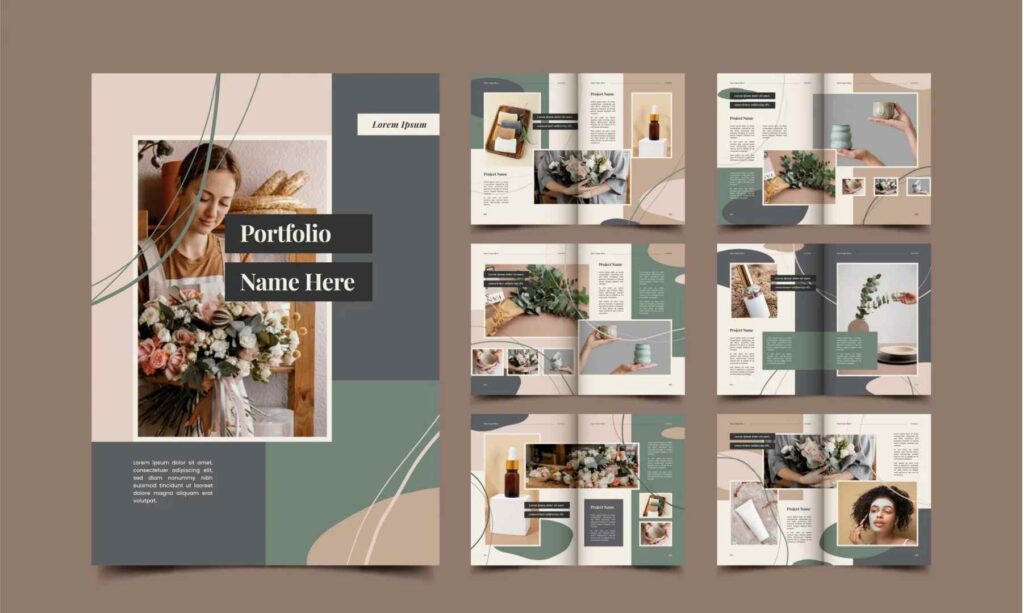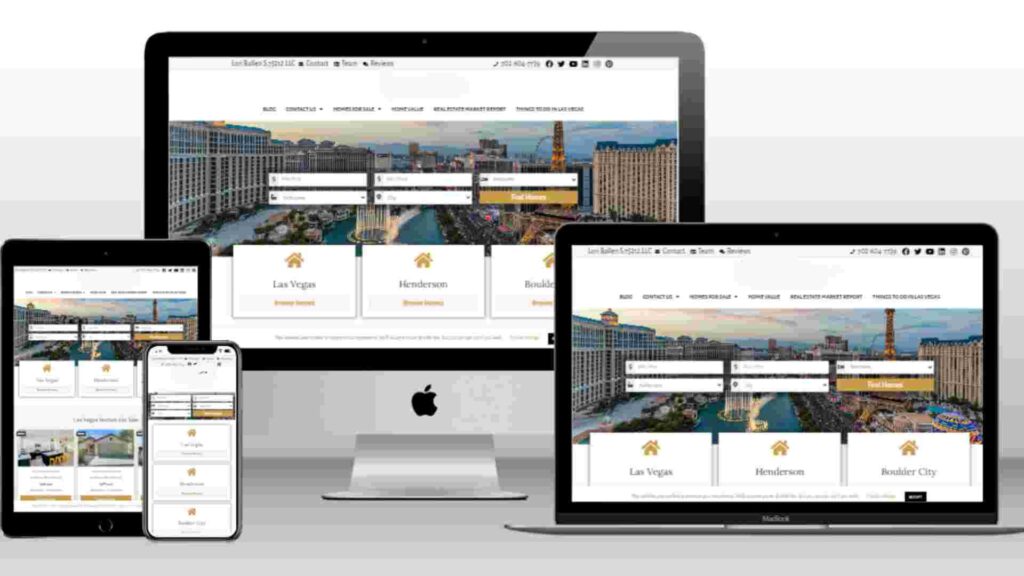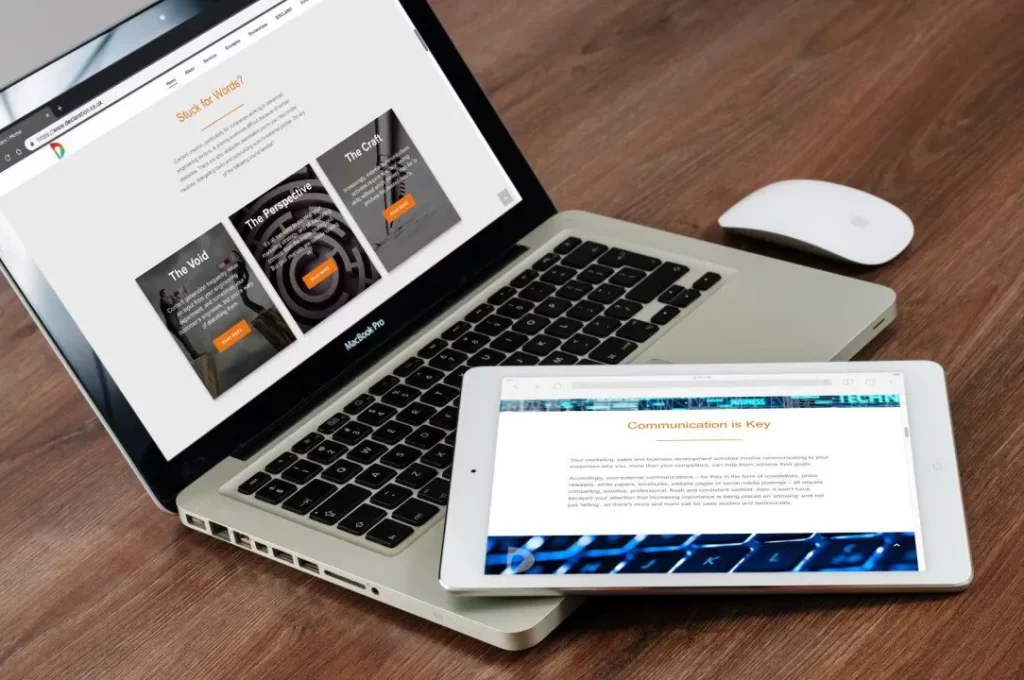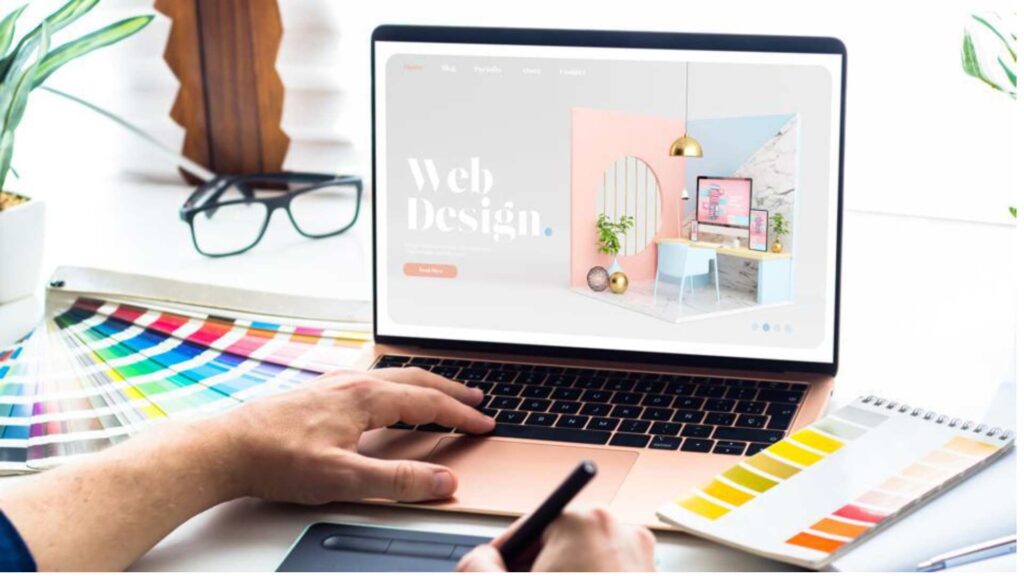Creating a standout graphic design portfolio is crucial for showcasing your skills and attracting potential clients or employers. A well-crafted portfolio not only highlights your best work but also reflects your personal style and expertise. In this blog, we’ll explore 8 graphic design portfolio examples to inspire you and provide practical tips on how to build a compelling graphic design portfolio of your own.
Why a Graphic Design Portfolio is Essential
A graphic design portfolio serves several important purposes:
- Showcases Your Skills: It provides a platform to display your best work and demonstrate your design capabilities.
- Attracts Clients and Employers: A well-presented portfolio can make a strong impression and help you stand out in a competitive field.
- Reflects Your Personal Brand: Your portfolio is a representation of your unique style and creative approach.
8 Graphic Design Portfolio Examples to Inspire You
Looking for inspiration? Here are 8 graphic design portfolio examples that effectively showcase different styles and approaches:
1. Minimalist Elegance
Example: Sarah Smith’s Portfolio
Features:
- Clean Layout: Emphasizes simplicity and ease of navigation.
- High-Quality Images: Focuses on showcasing work with high-resolution images.
- Subtle Animations: Uses gentle animations to enhance the user experience without overwhelming it.
Why It Works: The minimalist approach ensures that the design work takes center stage, making it easy for visitors to appreciate each project without distraction.
2. Bold and Colorful
Example: James Lee’s Portfolio
Features:
- Vibrant Color Palette: Uses bright colors to create an engaging and energetic vibe.
- Interactive Elements: Incorporates interactive elements to make the portfolio more engaging.
- Dynamic Layout: Features a grid layout with varying sizes for a visually stimulating experience.
Why It Works: The bold use of color and interactive features capture attention and reflect a lively and creative personality.
3. Storytelling Approach
Example: Emily Johnson’s Portfolio
Features:
- Project Narratives: Each project includes a detailed story explaining the design process and challenges.
- Visual Storytelling: Uses infographics and illustrations to enhance storytelling.
- Client Testimonials: Includes feedback from clients to add credibility.
Why It Works: The storytelling approach provides context and depth, helping potential clients understand the designer’s process and the impact of their work.
4. Professional and Corporate
Example: Michael Brown’s Portfolio
Features:
- Sleek Design: Features a sophisticated and polished look suitable for corporate clients.
- Case Studies: Includes in-depth case studies showcasing the problem-solving aspect of design.
- Client Logos: Displays logos of previous clients to establish trust and authority.
Why It Works: The professional design and detailed case studies convey reliability and expertise, making it appealing to corporate clients.
5. Artistic and Experimental
Example: Sophia Martinez’s Portfolio
Features:
- Creative Layout: Uses unconventional layouts and artistic elements to stand out.
- Mixed Media: Incorporates various forms of media, including video and animation.
- Personal Touch: Includes personal projects and experiments to showcase creativity.
Why It Works: The experimental approach highlights the designer’s creativity and willingness to push boundaries, attracting clients looking for innovative solutions.
6. User Experience Focused
Example: David Kim’s Portfolio
Features:
- Interactive Design: Features a highly interactive and user-friendly interface.
- Responsive Layout: Ensures the portfolio looks great on all devices.
- Usability Testing: Demonstrates attention to usability and user experience principles.
Why It Works: The focus on user experience and interactivity makes the portfolio itself a testament to the designer’s skills in creating engaging digital experiences.
7. Niche Specialization
Example: Olivia Taylor’s Portfolio
Features:
- Specialized Focus: Concentrates on a specific niche, such as logo design or packaging.
- In-Depth Analysis: Provides detailed insights into niche projects.
- Targeted Content: Tailors content and design to appeal to a specific audience.
Why It Works: A niche-focused portfolio showcases expertise in a particular area, making it easier to attract clients seeking specialized skills.
8. Personal Branding
Example: Lucas Nguyen’s Portfolio
Features:
- Unique Branding: Reflects the designer’s personal brand and style.
- Consistent Theme: Maintains a consistent visual theme throughout the portfolio.
- Personal Projects: Includes personal work and creative endeavors to showcase individuality.
Why It Works: A personal branding approach helps the designer stand out and connect with clients on a personal level.
How to Build Your Own Graphic Design Portfolio
Now that you’ve seen some graphic design portfolio examples, here’s how you can build your own standout graphic design portfolio:
1. Define Your Objectives
Before you start building your portfolio, determine:
- Your Goals: Are you looking for freelance work, full-time employment, or showcasing personal projects?
- Target Audience: Who will be viewing your portfolio? Tailor your content to appeal to this audience.
2. Choose the Right Platform
Select a platform that suits your needs:
- Website Builders: Tools like WordPress, Wix, or Squarespace offer customizable templates.
- Portfolio Platforms: Platforms like Behance or Dribbble are specifically designed for showcasing creative work.
3. Curate Your Best Work
Choose Projects That Showcase Your Strengths and Pick the pieces that best highlight your skills and personal style. These should be the projects you’re most proud of and that truly reflect what you can do.
- Quality Over Quantity: Focus on showcasing a few standout pieces rather than a large quantity of work.
- Diverse Samples: Include a range of projects to demonstrate versatility.
4. Create Engaging Case Studies
For each project:
- Describe the Brief: Explain the client’s needs and objectives.
- Show the Process: Include sketches, drafts, or stages of development.
- Highlight Results: Share the final outcome and any measurable impact or feedback.
5. Design for User Experience
Ensure your portfolio is user-friendly:
- Easy Navigation: Make it simple for visitors to explore your work.
- Make Sure Your Portfolio Looks Great Everywhere: Ensure that your portfolio is designed to look stunning on any device, whether it’s a desktop, tablet, or smartphone.
- Clear Call to Action: Include contact information or a call to action for potential clients.
6. Keep It Updated
Keep Your Portfolio Fresh and relevant and regularly add new projects and update your portfolio to reflect your latest work. Don’t forget to remove older or less relevant pieces to keep things current and engaging.:
- Showcase New Projects: Add recent work to keep your portfolio fresh.
- Refresh the Design: Periodically update the design to reflect current trends and improvements in your skills.
FAQs
Q:What Should I Include in My Graphic Design Portfolio?
A:Your graphic design portfolio should include:
- High-Quality Samples: Display your best and most relevant work.
- Case Studies: Provide context and details about each project.
- About Me Section: Include information about your background and design philosophy.
- Contact Information: Make it easy for potential clients or employers to reach you.
Q:How Many Projects Should I Include?
A: It’s best to focus on quality over quantity. Aim to include 8-15 of your best projects. Showcase a diverse range of work to demonstrate your skills and versatility.
Q:Should I Include Personal Projects?
A: Yes, including personal projects can showcase your creativity and passion. It also helps potential clients or employers see your unique style and interests.
Q:How Often Should I Update My Portfolio?
A: Update your graphic design portfolio regularly. Add new projects as you complete them and remove outdated work to keep your portfolio relevant and fresh.
Q: How Can I Make My Portfolio Stand Out?
A: To make your portfolio stand out:
- Be Unique: Use a distinctive design and layout that reflects your personal style.
- Tell Stories: Include detailed case studies that explain your design process.
- Show Results: Highlight the impact and success of your projects.
Conclusion
A well-crafted graphic design portfolio is essential for showcasing your skills and attracting clients or employers. By studying these 8 graphic design portfolio examples and following the steps to build your own, you’ll be well on your way to creating a portfolio that stands out and effectively represents your brand.
Take inspiration from the examples provided, and remember to focus on what makes your work unique. With a bit of creativity and attention to detail, your graphic design portfolio can become a powerful tool for advancing your career.
If you have any questions or need further guidance, feel free to reach out. Good luck with your portfolio creation!







